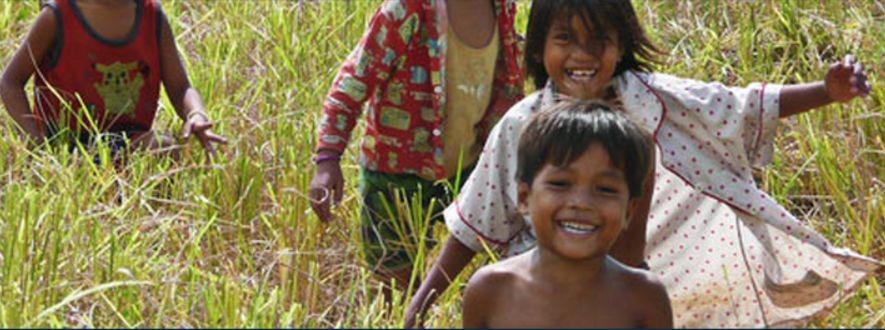Sustainable Development Solutions Network (SDSN)
In order to further accelerate achieving the United Nations’ Millenium Goals[1], the Sustainable Development Solutions Network (SDSN) facilitates and supports joint learning, overcoming the compartmentalisation of technical and policy work by promoting integrated approaches to the interconnected economic, social, and environmental challenges confronting the world.[2]

The challenge
Despite the fact that the global fight against extreme poverty has progressed in recent years, , more than 1 billion people still live in extreme poverty.[3] Additionally, target 7 of the Millenium Development Goals is the assurance of environmental sustainability, particularly in less developed countries.[4] Such a combination of needs and expectations by and for countries, individuals and regions requires the joint effort and creativity of policy makers, professional associations, NGOs as well as universities, citizens, consumers, and investors. Providing support, the creation of and support to networks, as well as skills sharing by technical centres & experts are also challenges linked to this huge task. Sharing information and combining activities shall hence reduce the carbon footprint, improve the lives of those living in rural areas of developing countries, while also complying with sustainability criteria.
The network
Launched by UN Secretary-General Ban Ki-moon in August 2012 and tightly linked with the United Nations agencies and financing institutions, SDSN mobilises scientific and technical expertise to support sustainable development at local, national, and global level. Areas of activities are bundled in Solution Initiatives as well as in 12 Thematic Groups on different topics. They promote new technologies, business models, institutional mechanisms, policies and combinations with the goal to accelerate progress towards sustainable development. Regional and national SDSNs as well as its Leadership Council are efficient substructures of the global network. Their work addresses common barriers which inhibit the deployment of solutions, such as the lack of awareness outside a narrow technical community; high transaction costs, and long decision times.[5] The SDSN Leadership Council acts as the board of the SDSN with a smaller Executive Committee overseeing its operational work. The SDSN Secretariat is hosted by the Columbia University.[6]
The benefits
Joining SDSN means supporting important goals to solve some of the most urgent development issues we face, including Extreme Poverty, Economic Growth within Planetary Boundaries and Governance for Sustainable Development.[7] Membership in SDSN is free and open to universities, research institutions, foundations, civil society, and other organisations, if they can refer to their deep expertise in one or more areas related to sustainable development. They also have to commit a substantial amount of their own work towards finding and/or implementing solutions for sustainable development.[8] A tangible result of SDSN’s effort is the publication of results, including most recently the report on its Deep Decarbonisation Pathways Project.[9]
Further deployment
The SDSN concept is implemented to full scale, qualifying it for an estimated level 6 on the generic maturity scale GML.[10] Although the headquarters is located in the U.S., its members are based world-wide. The SDSN activities are financed by donations, and public programmes in the member countries. By dissemination of information, networking, sharing expertise among its stakeholder groups, SDSN facilitates the global development towards a more sustainable living. Post-15 Processes, i.e. the negotiation about Financing for Development (FfD), Sustainable Development Goals (SDGs) as well as Climate Change after 2015 are strongly supported by SDSN’s work. [11]
Links:
The website
